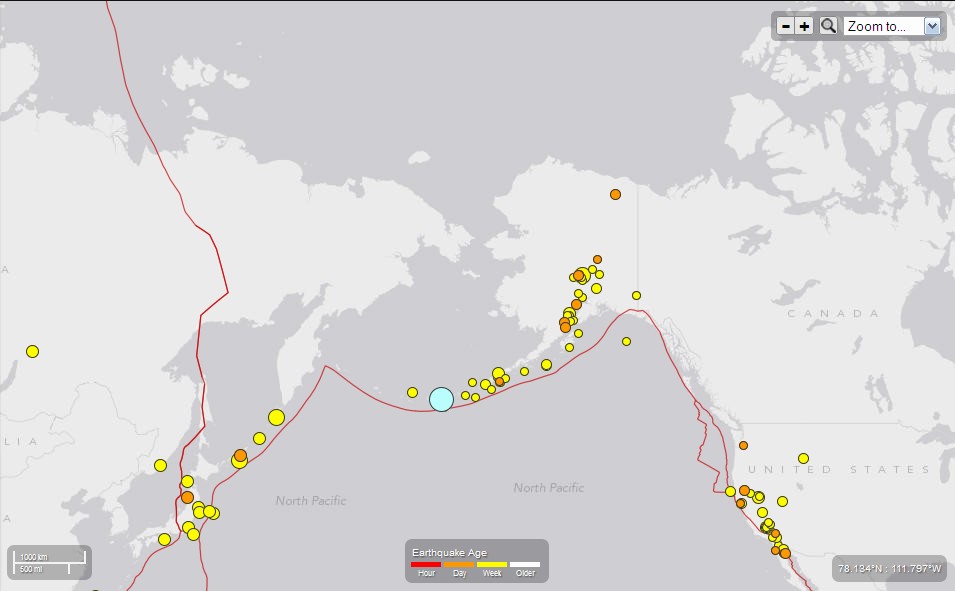

Geological Survey says there are about 17 major earthquakes – of a magnitude between 7.0 and 7.9 – and at least one even bigger earthquake – 8.0 or above – every year somewhere in the world. Most of history’s deadliest geological disasters took place along the ring, including the massive 1883 explosion of Krakatoa, which darkened the skies for years, and the 9.5 earthquake that hit Chile in 1960, the biggest quake ever recorded. More than 75% of the world’s volcanoes are part of the Ring of Fire and about 90% of the world’s earthquakes occur on it. It circles the entire Pacific Ocean, from the tip of South America, up the west coast of the Americas to Alaska, west to the eastern coast of Asia and down to New Zealand. The California earthquake of April 18, 1906.

Though unconnected, the recent quakes were all in the Ring of Fire – the world’s most active fault line. Why so few Landslides triggered by the 2002 Denali earthquake, Alaska. “I don’t know why so many were found almost simultaneously,” an aquarium official told the Japanese newspaper Yomiuri Shimbun.īlakemen shrugged off the omen, suggesting the Pacific tsunami spawned by the Chile quake may have killed the fish. Most of the 245,000 deaths from the 2004 Indian Ocean tsunami occured in. The 1946 April Fool's Day tsunami at Hilo, Hawaii, was caused by an earthquake near. In recent weeks, more than two dozen of the mysterious giant oarfish have washed ashore or been found dead in fishing nets off Japan’s northern coast.Įxperts are baffled. The destructive power of a tsunami is due mostly to the great height of the wave. Japanese folklore has long held that whenever a giant oarfish shows up in a fishing net, a major tremor is nigh. They normally remain in the dark depths below 600 feet where they can grow to be 50 feet long.


 0 kommentar(er)
0 kommentar(er)
